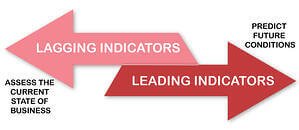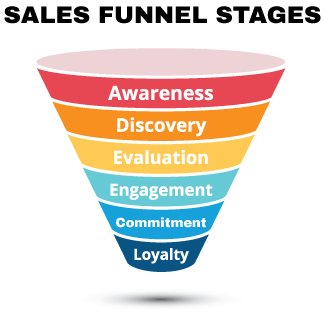As we round the corner to the last few weeks of Q1, it is the ideal time for Owners and Sales Leaders to assess how well the strategies and tactics in their sales plans are playing out. This is especially important this year as we monitor how various industries are rebounding from the pandemic, and how some are likely to remain constricted.
In my previous blog post, The Sales Plan: A Roadmap to Reach Your Goals, I shared that while starting the fiscal new year with a solid sales plan in place is important, it is just as important to conduct thorough reviews of the plan’s performance each quarter. Let’s dive in to take a multi-dimensional look at how you can evaluate performance to isolate areas needing attention that may not be obvious.
The first step in evaluating how your sales plan is performing is to ask yourself: “Am I on-track to meet my plan goals and objectives?” The way you go about reviewing data and metrics to answer that question can make all the difference. In addition to reviewing lagging indicator data such as total sales or average transaction value, digging deeper to assess leading indicators will give you an entirely different performance view.
 Leading key performance indicators (KPIs) provide a picture into the how well sales activities and their impacts are contributing toward sales goal achievement. This allows Owners and Sales Leaders to take a proactive and targeted approach to things like sharpening sales skills, shifting strategy, and enforcing heightened accountability to stimulate sales focus to get back on track.
Leading key performance indicators (KPIs) provide a picture into the how well sales activities and their impacts are contributing toward sales goal achievement. This allows Owners and Sales Leaders to take a proactive and targeted approach to things like sharpening sales skills, shifting strategy, and enforcing heightened accountability to stimulate sales focus to get back on track.
Just as a sales plan is unique to each organization, the same is true when it comes to determining the right KPIs to monitor the plan’s performance. A good way to establish insightful metrics is to refer to the stages on a standard sales funnel and how they correlate to the organization’s personalized pipeline stages. What’s the difference between the sales funnel and sales pipeline?
- A sales funnel reflects the prospect’s journey from awareness to becoming a loyal customer. It encompasses actions the salesperson takes to create this journey and experience for their clients.
- The sales pipeline, on the other hand, are the specific steps in the sales process required to turn a lead or prospect into a customer. The deal moves through your sales process from the salesperson’s perspective.
Next, identify the strategies and tactics in your sales plan that feed the sales funnel. There are three main categories that an Owner or Sales Leader should focus on to determine if their sales team is effectively executing on the plan:

- Activities that drive new opportunities to enter the funnel such as volume of outreaches, referrals received, or new social connections to name a few.
- Pivotal prospect engagement that reflects their advancement deeper into the Sales Funnel. This could be things such as percentage of outreach responses, average number of days from the discovery phase to the evaluation phase, the number of quotes or proposals released, or others that relate more closely to your sales environment.
- How active and closed deals align to the targets identified in your sales plan. Do they match your defined ideal customer profile and target industries? Are they deals you actually want?
While KPIs are insightful to how a sales plan is performing, reviewing sales coaching effectiveness is also critical. Is the unique selling proposition and its positioning being properly modeled by the Sales Leader and understood by the salespeople? Is the Sales Leader having an impact on techniques being used by front-line salespeople? Is there time and effort being put into coaching the coach? I have services that range from building sales infrastructure, to running the sales team, to helping the Sales Leader advance their skills.
Conducting periodic reviews of your sales plan performance is sure to reveal several areas for improvement. It allows Owners and Sales Leaders to set the right benchmarks for their salespeople, know when to pivot focus, and create increased accountability toward the larger big-picture goals. Effectively identifying improvement areas and swiftly executing upon them is where the real value is reaped. Conducting a Sales Plan Review more than once a year can ensure businesses will stay on track to meet or exceed their goals.







Leave A Comment